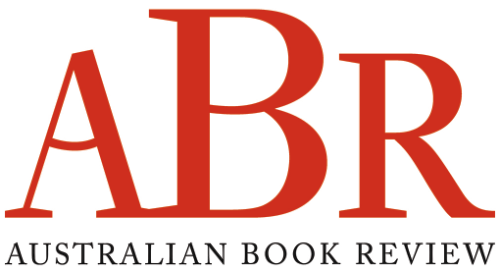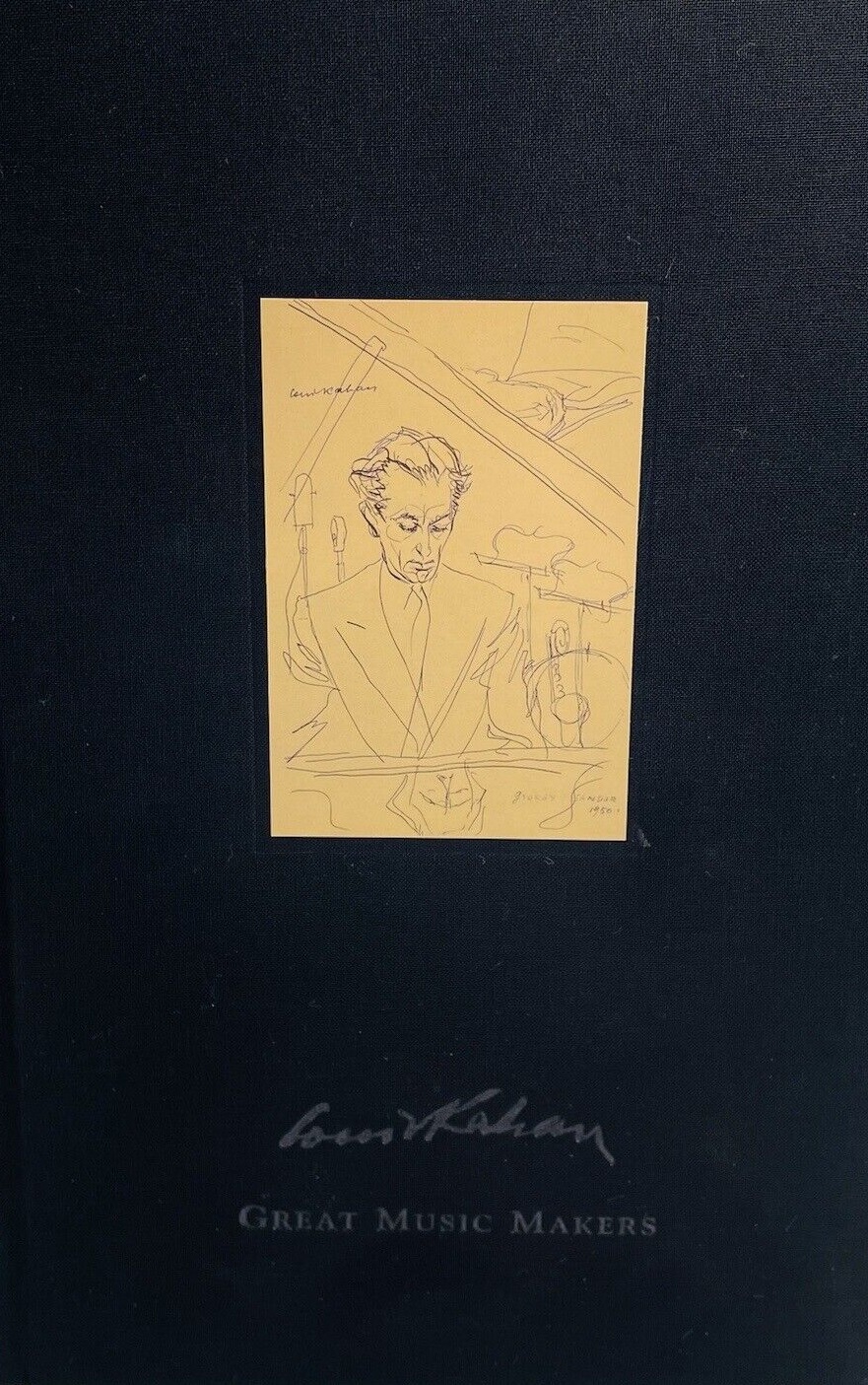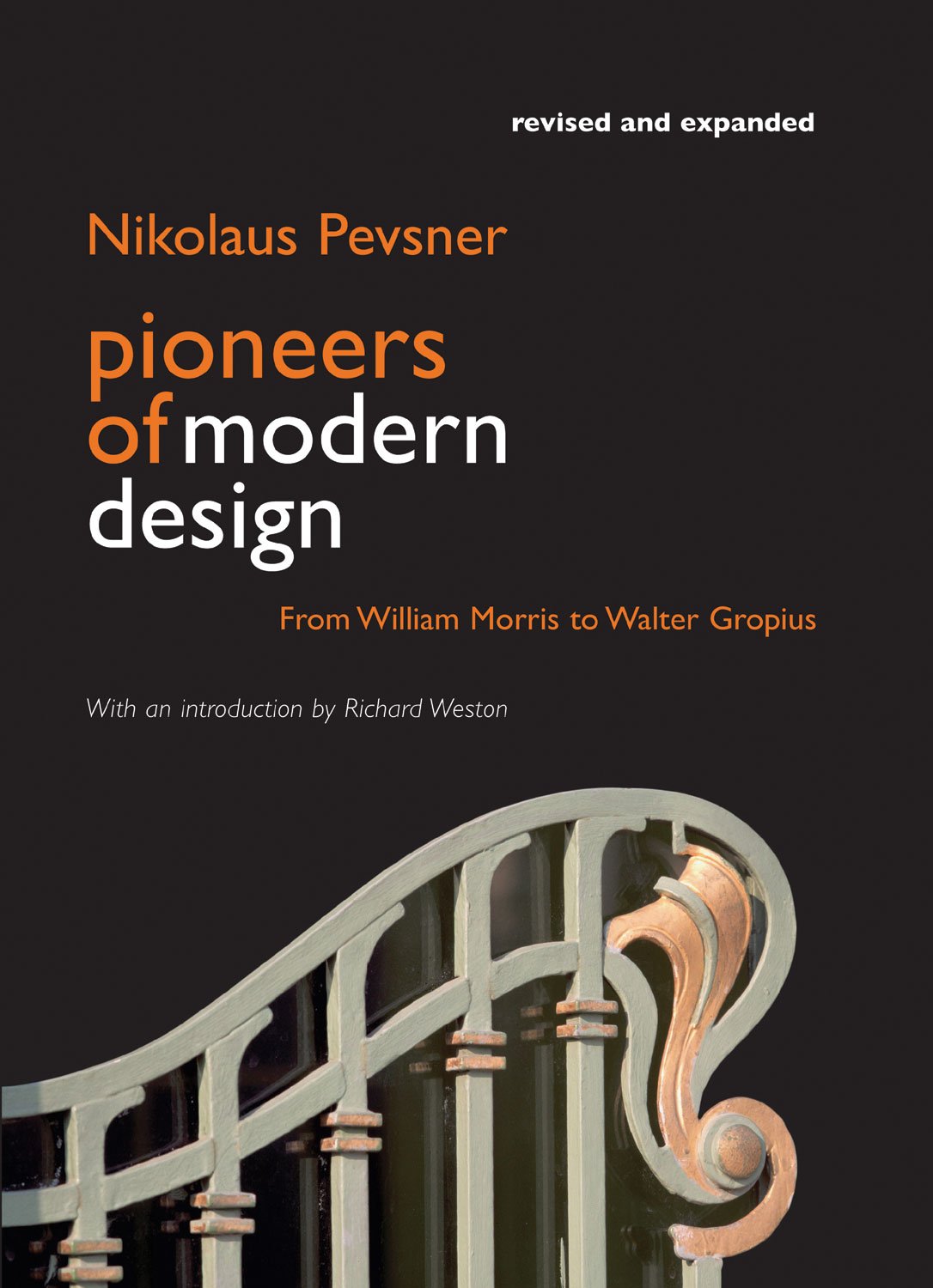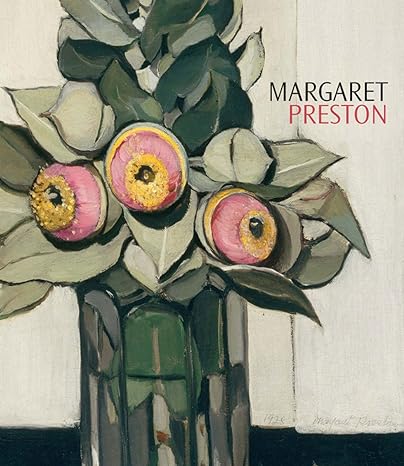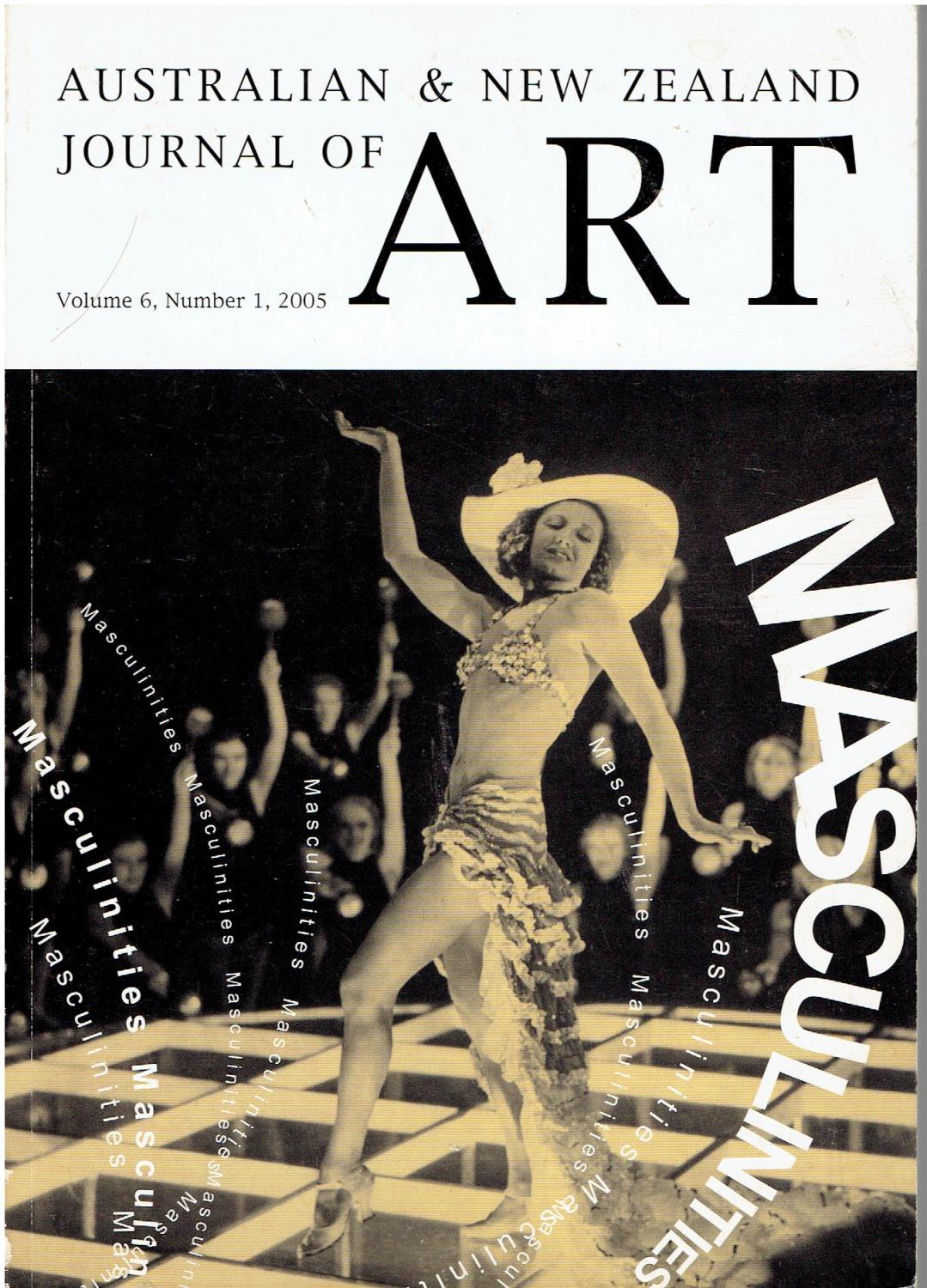Archive
Collins by Judith Raphael Buckrich (with Keith Dunstan, Rohan Storey and Marc Strizic) & Go! Melbourne edited by Seamus O’Hanlon and Tanja Luckins
Epic Journeys of Freedom: Runaway slaves of the American revolution and their global quest for liberty by Cassandra Pybus
Australian art criticism is a toothless pander that may not even exist. At least that is what some of this country’s most prominent critics, past and present, think. Christopher Heathcote, for example, who was senior art critic for The Age during the early 1990s, believes that art criticism has ‘been shut down by vested, mainly institutional, interests’ and that the system rewards only the ‘most servile conformists’.1 In his opinion: ‘Serve out your time brown-nosing the bureaucracy, and you too will land a cushy sinecure in some part of the museo-academic ziggurat.’
... (read more)Ladies and gentlemen, welcome to the brave new world of Museum Expansion Incorporated. Do you have an overstuffed museum? Is it situated, perhaps, next to an urban area in need of a makeover: some rotting docklands, say, or an abandoned flour mill? Are you privy, alternatively, to plans for a combined retail/office/residential development in need of that one extra component to give it the ultimate lift? Then buttonhole a politician eager for a good news story for a change, generate a pile of capital works grant applications, and take out some philanthropists for a really long lunch. You are now free to commission an architect or two. Either young and keen, or old and eminent, it doesn’t much matter as long as they have a creative vision expansive enough to sustain an innovative piece of ‘destination’ architecture.
... (read more)Some weeks ago, I visited my friend Leideke Galema, a Dutch nun who lives in comfortable retirement on the outskirts of Arnhem in the eastern Netherlands. I knew Miss Galema years ago when, living in the belfry of the church of S. Agnese in Agone on the Piazza Navona in Rome, she and her co-religious Miss Koet hired me as a general dogsbody, telephone-answerer, plant-waterer and errand-runner. It was heaven.
... (read more)